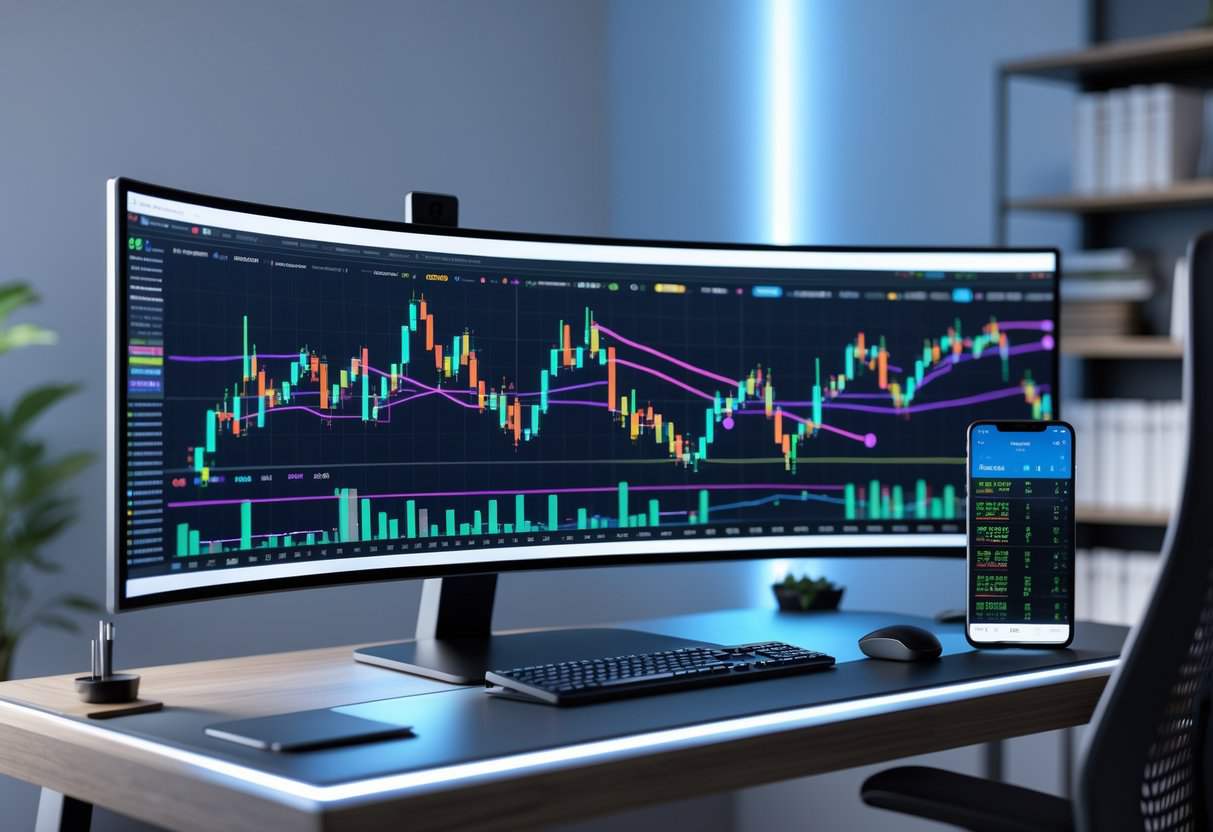Proprietary trading firms (prop firms) became popular in the late 20th century when markets got more complex and accessible. These are institutions that trade with their own money.
They trade everything from stocks and bonds to currencies and commodities. Unlike hedge funds or investment banks, prop firms rely on their traders’ strategies and market sense to make money. No client money involved.
The growth of these firms coincided with market deregulation and technology advancements. Traders could execute more complex strategies and trades faster.
Accessibility to international markets and the introduction of electronic platforms in the 90s and early 2000s fueled the growth of prop firms. With the ability to give skilled traders lots of leverage, prop firms took off. They attracted people who wanted to maximize their trading profits while minimizing personal risk.

Summary
- Prop firms became popular as markets got more complex.
- Technology and market deregulation made them happen.
- They give traders leverage and are part of today’s financial landscape.
Proprietary Trading Firms History
In this section you’ll learn the key moments in the history of proprietary trading firms from their inception to the regulatory changes that fueled their growth. Always good to follow trends and developments in the forex proprietary trading industry and its alternatives.
Birth and Early Days
Proprietary trading firms (prop firms) were born out of institutions’ need to make money by trading for their own accounts with their own capital. The early days of such firms go back to late 20th century when markets started to see these entities.
Unlike traditional investment models, prop firms don’t get paid by clients. They make money directly from market activity.
Regulatory Changes
Regulatory changes were key to the growth and popularity of prop firms.
In the 90s, electronic trading platforms changed the game. They made markets more accessible to individual traders and more efficient.
The Gramm-Leach-Bliley Act of 1999 removed the walls between investment banks and commercial banks. This was prop trading heaven.
But the Dodd-Frank Act of 2010 restricted prop trading by banks. This led to the birth of independent prop firms.
This regulatory change led to more growth in the space as skilled traders looked for new platforms to trade with less restrictions and more potential profits.
Popularity
Proprietary trading firms took off in popularity due to big changes in the financial landscape. Here’s why they’re part of modern finance:
Technology
With advanced trading platforms and algorithms you’ve seen a huge change in what trading firms can do.
Technology not only made things more efficient but also risk management. This allowed proprietary (prop) trading firms to trade with their own capital.
Global Markets
Technology has made it easy for you to access global markets.
Prop firms use this to trade across different time zones and asset classes. This makes them more nimble and offers opportunities that were previously reserved for institutional investors.
Retail Trading Boom
The barrier to entry to trading has come down. A flood of retail traders saw the light through prop firms’ platforms, matching their passion with capital and professional resources.
This has contributed to the rise of prop firms. Especially since they offer opportunities for both new and experienced traders to get in the market.
Prop Firms in Modern Finance
In today’s markets, proprietary trading firms (prop firms) have changed the way you participate and experience by changing their business model and increasing market liquidity.
Business Model Evolution
Prop firms have evolved how they operate. They used to trade with their own capital, focusing on equities and traditional instruments.
In the last few years they’ve added more asset classes to their strategies including derivatives, forex and even cryptocurrencies.
They use advanced technology for high-speed trading, algorithmic strategies and are using artificial intelligence for market analysis to make better decisions.
- Old model: Equities and Bonds
- New model: Equities, Derivatives, Forex, Cryptocurrencies
Key technologies used:
- HFT platforms
- Algorithmic trading systems
- Artificial Intelligence analytics
Liquidity
Your trading experience is affected by liquidity. Liquidity is how easy it is to buy or sell an asset in the market.
Prop firms contribute to liquidity. Their trading activity ensures buyers and sellers can trade with minimal slippage.
This is especially important in volatile markets or for less liquid instruments. It reduces the spread (the difference between buy and sell prices) and helps in price discovery.
Benefits of prop firms:
- Tighter spreads: Smaller buy/sell price gaps.
- Better price discovery: More accurate asset valuation.
By providing liquidity, prop firms not only make trading smoother for individual investors but also the overall health of the financial markets.
